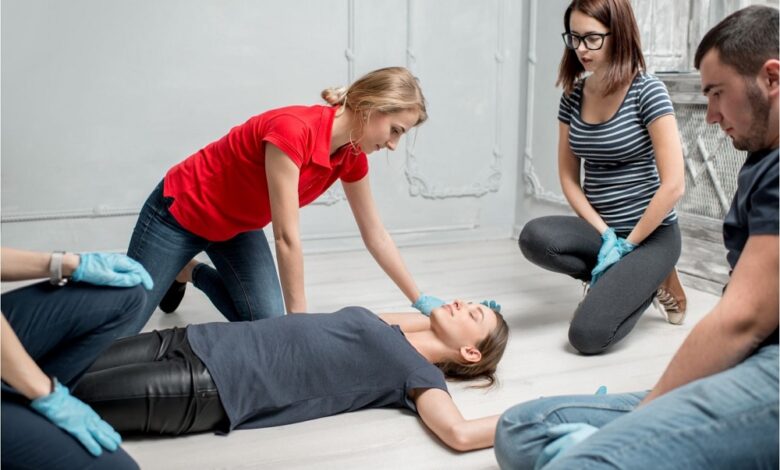Identifying Signs of Shock: First Aid Essentials

Shock is a life-threatening medical emergency that requires immediate intervention. It occurs when there is insufficient blood flow to the body’s tissues, leading to organ failure and potential death if left untreated. Recognizing the signs of shock and providing prompt first aid can significantly improve the chances of survival. Here’s what you need to know:
1. Understanding Shock
Shock can result from various causes, including severe injury, trauma, blood loss, dehydration, severe infection (sepsis), allergic reactions, or heart problems. Regardless of the underlying cause, shock requires urgent medical attention to restore adequate blood flow and oxygen delivery to vital organs.
2. Recognizing the Signs
Shock often presents with a combination of symptoms, including:
- Pale, cool, clammy skin: The skin may appear pale or have a bluish tint due to poor circulation. It may also feel cool and clammy to the touch.
- Rapid or weak pulse: The pulse may be either rapid and weak or barely detectable.
- Rapid, shallow breathing: The individual may exhibit rapid, shallow breaths, or they may struggle to breathe altogether.
- Confusion or altered mental status: Shock can impair brain function, leading to confusion, disorientation, or loss of consciousness.
- Weakness or fatigue: The individual may feel weak, dizzy, or lightheaded, and they may be unable to stand or sit up.
- Nausea and vomiting: Shock can cause gastrointestinal symptoms such as nausea, vomiting, or diarrhea.
- Decreased urine output: In severe cases of shock, urine output may decrease significantly, indicating poor kidney function.
3. Providing First Aid
If you suspect someone is experiencing shock, it’s crucial to take immediate action:
- Call for Help: Dial emergency services or instruct someone else to do so while you attend to the individual.
- Positioning: Lay the person flat on their back, if possible, and elevate their legs slightly (unless they have a head, neck, or back injury). Elevating the legs helps improve blood flow to the heart and brain.
- Keep Warm: Cover the person with a blanket or clothing to prevent heat loss and maintain body temperature.
- Monitor Vital Signs: Check the person’s pulse, breathing rate, and level of consciousness regularly while waiting for help to arrive.
- Do Not Offer Food or Drink: Refrain from giving the person anything to eat or drink, as this may worsen their condition.
In Summary
Recognizing the signs of shock and providing appropriate first aid can make a crucial difference in saving someone’s life. By staying informed and taking prompt action, you can help stabilize the individual and improve their chances of recovery. Remember, every second counts in a medical emergency, so don’t hesitate to seek professional help immediately.



